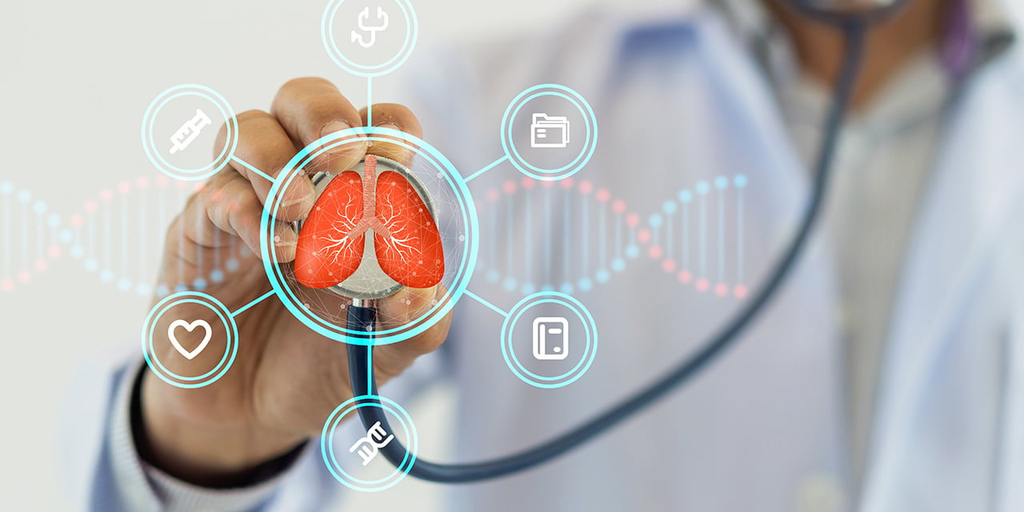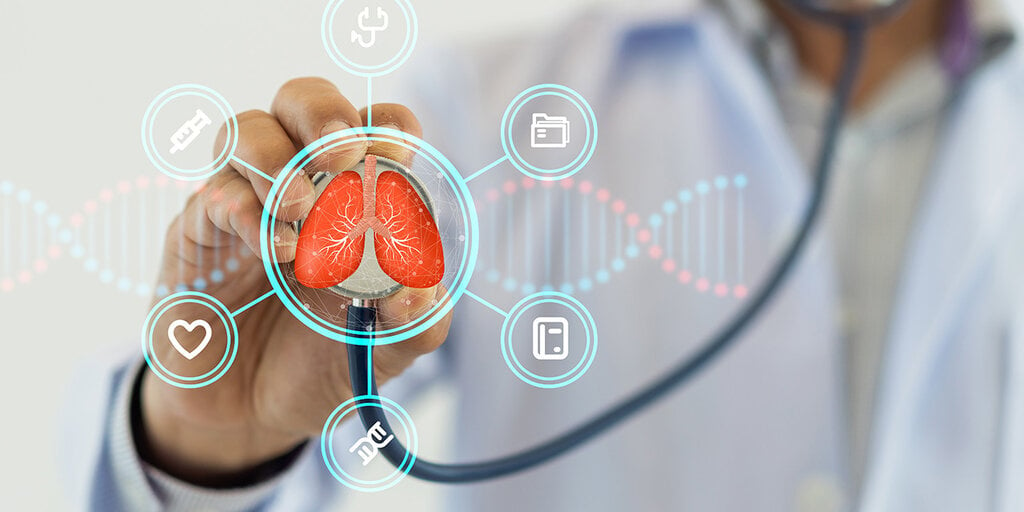
A cough is a clear sign that something may be amiss with your health, but how much information can be derived from how it sounds? A new report highlighted by Google Research on Tuesday said a team of researchers in India is using an AI model developed by Google to “hear” specific respiratory diseases, including tuberculosis (TB) and chronic obstructive pulmonary disease (COPD).
Google launched its bioacoustic foundation model, Health Acoustic Representations (HeAR), in March.
“The Google Research team trained HeAR on 300 million pieces of audio data curated from a diverse and de-identified dataset, and we trained the cough model in particular using roughly 100 million cough sounds,” the team noted.
According to the original research report, how a person speaks—including tone, pitch, and pace—can also be analyzed by artificial intelligence and machine learning models to detect potential health issues like dementia.
“HeAR learns to discern patterns within health-related sounds, creating a powerful foundation for medical audio analysis,” Google Research Director of Engineering Shravya Shetty wrote. “We found that, on average, HeAR ranks higher than other models on a wide range of tasks and for generalizing across microphones, demonstrating its superior ability to capture meaningful patterns in health-related acoustic data.”
As Shetty explained, Salcit Technologies—a respiratory healthcare company based in India—uses HeAR as a part of its Swaasa app to analyze cough sounds and detect tuberculosis.
“TB is a treatable disease, but every year millions of cases go undiagnosed—often because people don’t have convenient access to healthcare services,” Shetty wrote. “Improving diagnosis is critical to eradicating TB, and AI can play an important role in improving detection and helping make care more accessible and affordable for people around the world.”
Google did not immediately respond to a request for comment from Decrypt.
“Solutions like HeAR will enable AI-powered acoustic analysis to break new ground in tuberculosis screening and detection, offering a potentially low-impact, accessible tool to those who need it most,” said Zhi Zhen Qin, digital health specialist with the Stop TB Partnership, in a statement.
While AI-generated deepfakes have taken over much of the discussion around artificial intelligence, the promise of early detection of life-threatening diseases continues to push research into the technology.
In June, an AI model called EMethylNET—developed by researchers at the U.K.-based University of Cambridge— was found to potentially detect, diagnosis, and determine treatment for cancer early when treatment is most crucial.
“Should the tumor be fully removed or just biopsied? Or are there any other techniques we can use intraoperatively to treat that while we’re there?” neurosurgery specialist at Keck Medicine of USC Dr. Gabriel Zada previously told Decrypt. “It’s becoming increasingly important that we know the tumor type and subtype during surgery.”
Others using artificial intelligence for early cancer detection include New York-based medtech company Ezra, which uses advanced imaging and AI to scan vital areas of the body, including the brain, lungs, liver, and prostate.
“[Early detection] makes a huge difference for every patient, and it also makes a huge difference for the medical system,” Ezra’s medical advisor, Dr. Daniel Sodickson, previously told Decrypt. “It’s been shown that the five-year survival rates for cancer jumped from 20% to 80%, on average, if it’s caught early, so if you do the numbers, that’s something like a billion lives saved.”
Edited by Ryan Ozawa.
Generally Intelligent Newsletter
A weekly AI journey narrated by Gen, a generative AI model.










